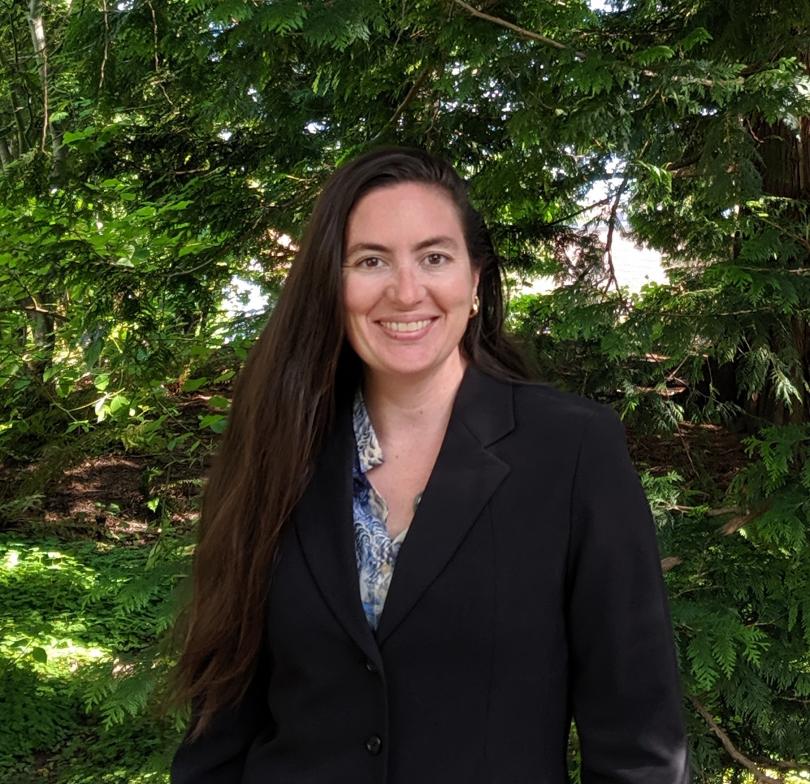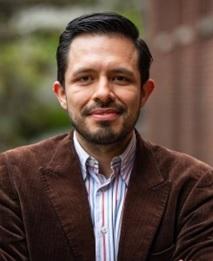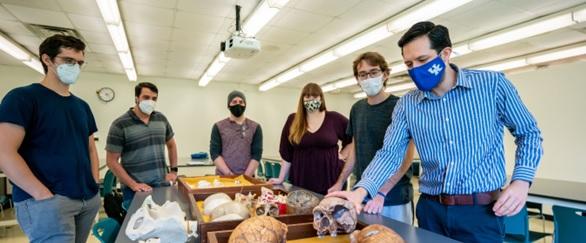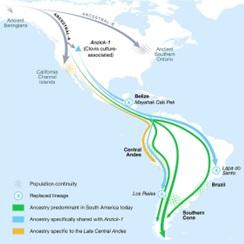"Craniodental Covariation and the Evolution of Human Pregnancy"
 Dr. Tesla Monson | Monson Lab
Dr. Tesla Monson | Monson Lab
BIO:
Dr. Tesla Monson is an Assistant Professor of Anthropology at Western Washington University where she runs the Primate Evolution Lab. Her lab’s research focuses on the evolution of skeletal variation, life history, and reproduction in extant and fossil mammals. Dr. Monson recently published the first methods for reconstructing prenatal growth rates in the fossil record, one of which relies exclusively on teeth. Dr. Monson earned her PhD in Integrative Biology at UC Berkeley (2017), which is where she first became interested in science communication and research. Since then, she has developed and hosted a series of sci-comm projects, ranging from a science talk radio program called The Graduates, to a Twitter series highlighting the influence of women in early Washington State history (Washington Women).
Abstract:
The vertebrate fossil record is comprised almost entirely of the remains of bones and teeth. It is thus a key goal for evolutionary biologists to extract as much information as possible from these anatomical remains through morphological investigation. My research has demonstrated that there are significant phenotypic correlations between many anatomical traits, as well as between craniodental morphology and life history. These correlations both constrain and enable evolution, leading to the morphological diversity and disparity that we see today. In this talk, I will discuss our new research using cranial and dental morphology to reconstruct prenatal growth rates in
the hominid fossil record. Prenatal growth, or how quickly a fetus grows in utero, varies widely across primate species with the highest rate in humans. We recently demonstrated that prenatal growth rates increased throughout the Pleistocene, reaching ‘human-like’ rates just under 1 million years ago, before the evolution of our species. Prenatal growth is also key to healthy pregnancy and delivery. I will end by presenting some of our ongoing and future research investigating prenatal growth, and the evolution of encephalization and body size in primates.
Watch the seminar here!

 Hugo Reyes-Centeno
Hugo Reyes-Centeno

